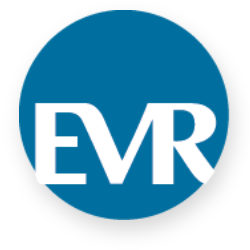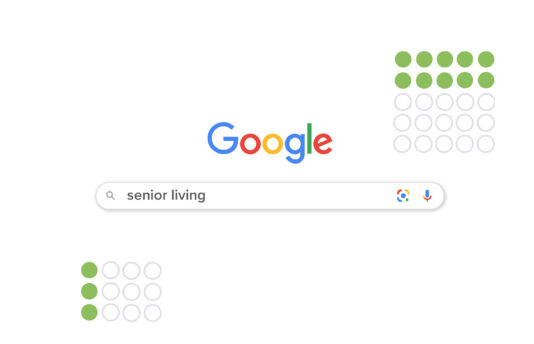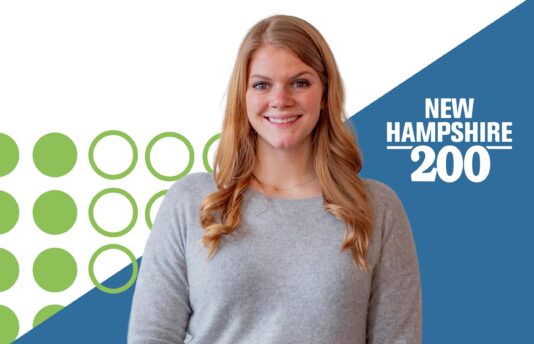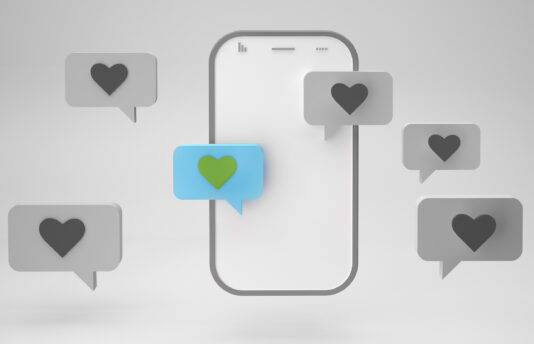Landing pages and lead capture forms are two of the best and most efficient marketing strategies in healthcare for your practice or hospital. However, some marketers may need to give more attention to the development of these crucial components to best leverage them in lead-generation strategies.
The landing page serves as the central hub where content, form and call to action converge. It is crucial to address the specific wants, needs and barriers of your target audience here.
Optimizing lead capture forms with the right balance of form fields and placement can further enhance conversions. Leads serve as the bridge that moves a user from a prospect to a patient, making it critical to growing your healthcare organization, whether it’s a private practice, non-profit hospital or other medical facility.
Allow us to share a few essential elements of successful landing pages and lead capture forms that can set your campaign up for success.
Crafting a Great Landing Page
Each element of a landing page is crucial in driving success for your healthcare or medical lead-generation efforts.
Optimal Length for Maximum Results
The text on your landing page must resonate with your audience persona, a semi-fictional representative of your optimal patient. The copy should address their wants, needs and barriers to entry. However, potential patients may perceive your offering as overly complicated if your page is too long. On the other hand, a page that’s too short might not provide enough information for them to understand what you’re offering.
So how do you find the perfect balance? Apart from conducting healthcare market research to find what works, we recommend using the Goldilocks test: Is there enough information for people to understand your offer without causing them to lose interest? If so, your page is just right.
Enticing Visual Appeal
In healthcare content marketing, you want to ensure you’re giving the user something that appeals to them—this includes your landing pages. The overall look of the landing page, from font choice to images, should be visually pleasing and relatively simple. Good design draws the user in and makes your page more attractive and avoids “destination disappointment.”
- Ensure that your landing page includes a headline that grabs the attention of your audience.
- Make it crystal clear what your offer is and how it can benefit them.
- Incorporate relevant, high-quality images—preferably not stock photos. Pictures should include real people, and you should judiciously crop them so they look professional and appealing.
Streamline the Navigation for More Conversions
The primary objective of your landing page is to get people to take a specific action, such as requesting more information, downloading a brochure or scheduling an appointment.
You can minimize distractions by removing all or most navigation elements and links from the page, preventing visitors from getting sidetracked from the main objective of each page. If you need to provide additional information or links, save them for the thank-you page or an auto-generated thank-you email.
Providing Value at Every Stage
There’s no such thing as a free lunch, and if you want to get user information from your lead-generation efforts, you must give something of value in return. Provide them with a compelling offer that aligns with their stage in the buyer’s journey to help increase conversions.
- Awareness: Consumers in the awareness stage may not be ready to schedule an appointment but might seek general information about healthcare options or conditions. Consider offering educational resources, such as tips for maintaining good health or advice on navigating healthcare choices.
- Consideration: In the consideration stage, you could offer a directory of your physicians and services with contact information.
- Decision: In the decision stage, a possibility is to offer information about the specific services they seek. For instance, if they are considering knee surgery, a brochure about what to expect and what is required, along with information about whom to contact to schedule an appointment, would be appropriate.
By providing valuable information, you establish your brand as a trusted resource and guide consumers along their journey.
Compelling Calls to Action
The call to action (CTA) should be actionable and clear. It should also be short—no more than five words—and placed both above the fold and at the bottom of the landing page.
Examples include “sign up,” “download,” “contact us” and “call for an appointment.” The CTA is crucial because it clarifies to users what they should do next and what they should expect after they click.
Effective Lead Capture Forms
The lead capture form is critical to your landing page because it enables you to collect valuable information to qualify leads. Without it, your lead-generation efforts could prove futile.
It should be designed to require the minimum amount of information needed, and the call to action should make clear the next steps a user should take. Like landing pages, each element is essential in successfully generating leads you can nurture into clients and patients.
The Right Balance of Form Fields
Similar to the landing page Goldilocks test, with the lead capture form, you must find the sweet spot between too many and not enough form fields.
While many people are willing to give you basic information like their name and email in exchange for something useful or valuable, they may abandon the form if it’s lengthy or intrusive.
The correct number of form fields may be a tradeoff between quantity and quality. Completing a short form requires little effort and will bring more leads; completing a more extensive form may result in fewer leads, but the ones you get will have higher intent. Thus, they are more qualified and more likely to convert.
You can ask for more information as your drip or lead-nurturing campaigns progress. Once you develop trust, prospective clients may be more willing to share extra bits of information.
Form Placement Matters
When it comes to form placement, considering two options can greatly impact user experience:
- Above the fold, positioned next to the content, is the best option. This ensures the form is immediately visible, so users don’t have to scroll down to find it. By being front and center, it grabs the user’s attention and encourages them to take action promptly.
- However, in cases where you need more text to clarify to the user what you are offering and the benefits of providing their information, an alternative approach can be taken. In that situation, put a clickable CTA both above and below the fold so the page automatically scrolls down to the lead form when the user clicks the button, ensuring the form remains easily accessible.
Advantages of a Dedicated Thank-You Page
Pop-up thank-yous after a user takes an action are simple to create but hard to track and ultimately minimize engagement opportunities. Creating a dedicated thank-you page that comes up after a prospect submits the completed form is more effective.
Within your dedicated thank-you page, you can offer something else the prospect might be interested in, such as an e-book or brochure, or invite them to read your blog or like your practice or organization on social media. If they take action, such as downloading a brochure, you can ask them additional questions like “Where did you hear about us?” to help you track your acquisition channels through healthcare marketing automation.
The more information you have about contacts in your customer relationship management system, the better you can create segmented and personalized healthcare content for drip emails or lead nurturing.
Eliminating Friction
On both your landing page and your lead capture form, avoiding “friction” is crucial. Friction happens when something gets in the way of a user accomplishing an action easily and quickly. Examples of friction include too many clicks to get to a page, requesting too much information or unclear copy.
Users can quickly abandon a page or form that takes too much time or effort to read or complete. If you make it as easy as possible for a prospect to understand your message and take the action you want, your lead-generation campaign will be exponentially more effective.
If you have a much higher number of landing page views than thank-you page views, there’s probably some friction or vague language on the landing page preventing users from completing the desired action.
By proactively identifying and mitigating friction points, you can enhance the user experience and significantly improve the success of your lead-generation efforts.











